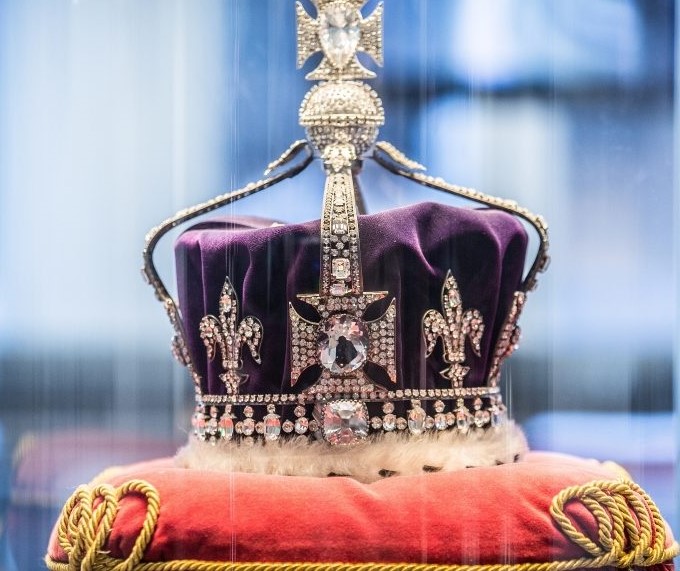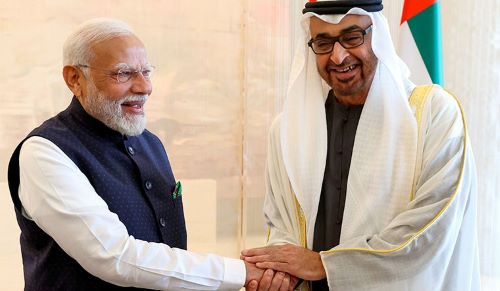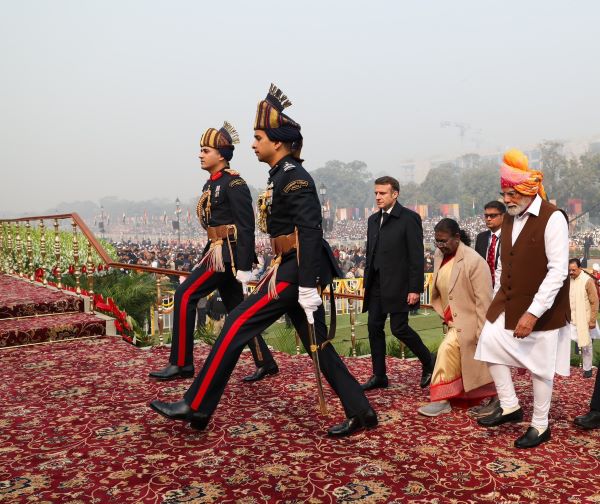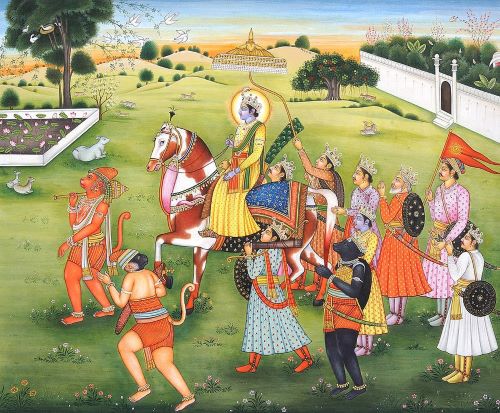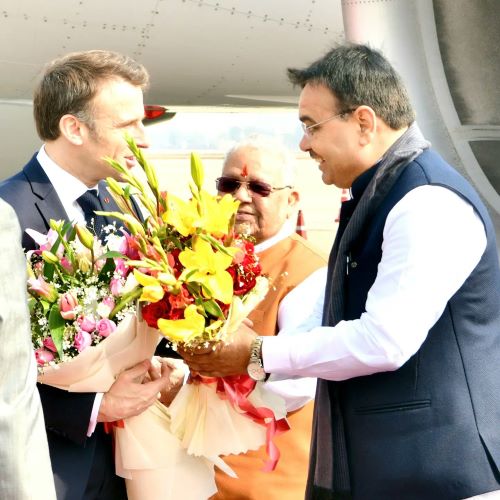India Office archive files show how priceless items were looted from India by the British authorities as trophies of conquest during colonial era, The Guardian has reported. The British daily’s investigation again raises the issue of plundered wealth of the colonies by Great Britain and gives an occasion to nations, who got freedom from the UK to lay fresh claims on the wealth, jewels, diamonds and other artefacts stolen or looted by the imperial masters. India is one of the countries most brutally plundered and looted and there have been demands in the country that India should place its claims to get back its jewels including the world famous Koh-i-noor diamond from Britain. There have been suggestions that past colonies can form a group and collectively explore ways to secure their wealth back and make Britain realise its past brutalities.
As part of its Cost of the crown series, the Guardian has uncovered a remarkable 46-page file in the archives of the India Office, the government department that was responsible for Britain’s rule over the Indian subcontinent. It details an investigation, apparently commissioned by Queen Mary, the grandmother of Elizabeth II, into the imperial origins of her jewels.
The report, from 1912, explains how priceless pieces, including King Charles’s emerald belt, were extracted from India as trophies of conquest and later given to Queen Victoria. The items described are now owned by the monarch as property of the British crown.
The paper details how British treacherously acquired the Kohinoor: Maharaja Ranjit Singh’s youngest son and heir, Duleep, was forced to sign over the Punjab to the conquering forces of the British East India Company. As part of the conquest, the company did indeed plunder the horses’ emeralds, as well as Singh’s most precious stone, the legendary Koh-i-noor diamond.
After the Indian government let it be known that for Camilla, the Queen Consort, to wear the Koh-i-noor at Charles’s coronation would elicit “painful memories of the colonial past”, the palace announced she would swap it for a less contentious diamond.
The report said, “Today, the Koh-i-noor sits in the crown of Queen Elizabeth the Queen Mother, on display at the Tower of London, and it has become an emblem of Britain’s tortured relationship with its imperial history”.
The Koh-i-noor was looted from India, and is displayed at the Tower of London and most visitors from India make it a point to have a glimpse of the diamond, paying a heavy price for the ticket. British authorities have displayed the precious diamond in a way that a visitor can only view it for some fleeting moments, crossing it while on an escalator. Also, the UK has been always ambiguous about its origin, never clearly acknowledging it was looted from an Indian Maharaja.
As demand grow asking Great Britain to return the historical artefacts it has looted or stolen to countries of their origin, the Tower of London has announced an exhibition in which the Koh-i-Noor diamond will be explained as a “symbol of conquest from May this year”
According to a statement by the Historic Royal Palaces, “A combination of objects and visual projections will explain the stone’s story as a symbol of conquest, with many previous owners, including Mughal Emperors, Shahs of Iran, Emirs of Afghanistan, and Sikh Maharajas.”
The British have found a way to diversify the diamond’s owners so as to discourage any one nation from claiming it. In April, 2017, Prime Minister Narendra Modi’s government had told the Supreme Court it’s exploring diplomatic channels to bring back the Kohinoor diamond from the UK.
Shashi Tharoor, formerly an undersecretary at the United Nations, and currently an MP in India, told The Guardian, “We have finally entered an era where colonial loot and pillage is being recognised for what it really was, rather than being dressed up as the incidental spoils of some noble ‘civilising mission’.
Tharoor suggested that the return of the looted property is the right way in today’s democratic world. “As we are seeing increasingly, the return of stolen property is always a good thing. Generations to come will wonder why it took civilised nations so long to do the right thing,” he added.

